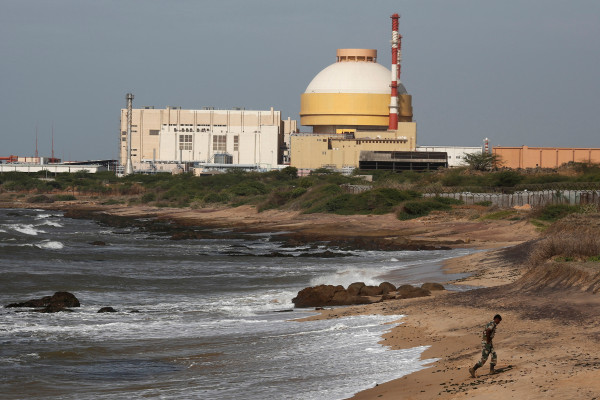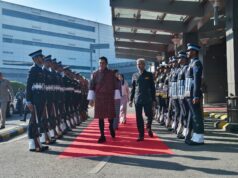“Nuclear Energy Mission for Viksit Bharat aims to achieve the development of at least 100 GW of nuclear energy by 2047, crucial for our energy transition efforts. To foster an active partnership with the private sector towards this goal, amendments to the Atomic Energy Act and the Civil Liability for Nuclear Damage Act will be pursued …”
That was Finance Minister Nirmala Sitharaman, during her budget address in Parliament on Saturday, laying out the government’s vision for civil nuclear power.
“This is the first explicit articulation by government of the need for nuclear power to support Viksit Bharat with net zero compliance,” said Dr Anil Kakodkar, former chairman of the Atomic Energy Commission. “Until now, the government had only talked of one fourth or one fifth of the 100 GW figure, which is now the holy grail. That is a huge change.”
He told StratNewsGlobal over the phone that for the average Indian to reach a quality of life comparable to advanced countries, “we need ten times more nuclear energy … the deadline is challenging no question but it talks of a ‘nuclear mission’, which makes it doable if the country works on it in mission mode.”
Sitharaman also set 2033 as the target for building and operationalising five Small Modular Reactors (known as Bharat Small Reactor). Twenty thousand crore has been set aside for R&D. Talks are currently underway between the Department of Atomic Energy (DAE) and industry on the small reactors.
Does this indicate a move towards modularity?
“Modularity is of various kinds,” Dr Kakodkar explained, “the AP1000 reactors of Westinghouse is modular with modules made in factories and delivered at site, but there are many small reactors that are not modular. Of the 70 or 80 designs of small reactors worldwide, most are not modular.”
But with private industry already involved in building reactor components and private contractors engaged in on-site construction, it may only be a matter of time before engineering and manufacturing innovation will bring modularity into reactor construction. This would have real economic advantages in terms of allowing scale and efficiency resulting in lower costs.
The real challenge, Dr Kakodkar believes, will lie in the availability of uranium to enable India reach the 100GW target. Current uranium production may not be enough to meet the demand, and no single country can deliver. A solution may lie in recycling spent uranium fuel.
“Recycling is inevitable. The same quantity of uranium will give 50 to 60 times more energy and this has been our policy from the sustainability point of view,” he underscored. “If you do that there is no uranium issue, but it has security implications since you are opening doors to private industry and there will be proliferation red flags raised.”
There’s also the fact that India has abundant thorium, around 25% of the world’s reserves, and thorium can be converted into Uranium-233 in a reactor and used as fuel.
Dr Kakodkar believes the way forward is to lay out a framework where India could have multiple firms deploying nuclear power reactors assisted by proper financing. It will eventually open the doors to foreign nuclear power majors and the amendments which the government proposes to the Nuclear Liability Law, should see India through.
The only point here is foreign reactors are currently designed, developed and built abroad, in France, Japan, South Korea and so on, where costs of everything from materiel to labour are high. If these are done in India, it would bring down the cost and enable reasonable tariffs to be levied.
Thirty eight years in journalism, widely travelled, history buff with a preference for Old Monk Rum. Current interest/focus spans China, Technology and Trade. Recent reads: Steven Colls Directorate S and Alexander Frater's Chasing the Monsoon. Netflix/Prime video junkie. Loves animal videos on Facebook. Reluctant tweeter.





